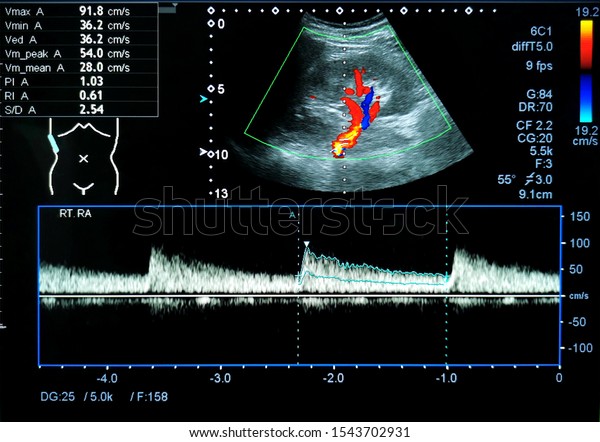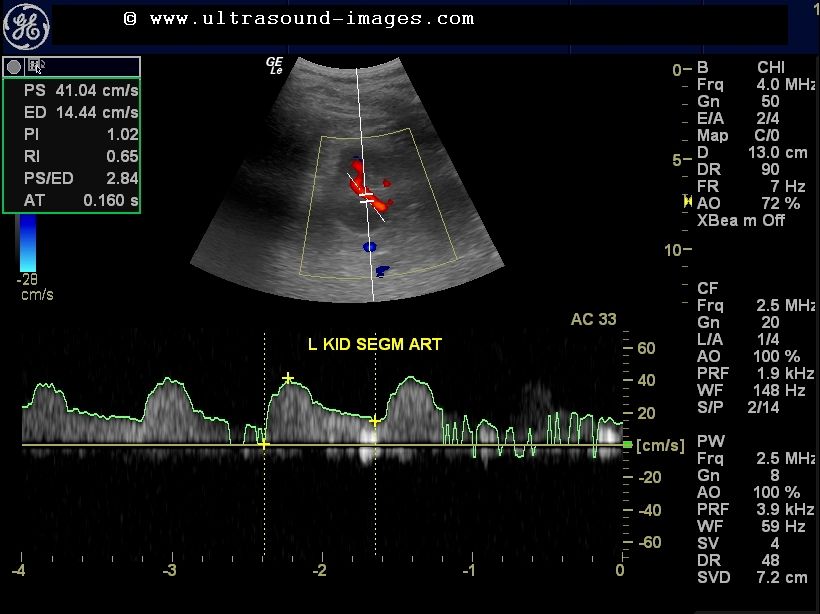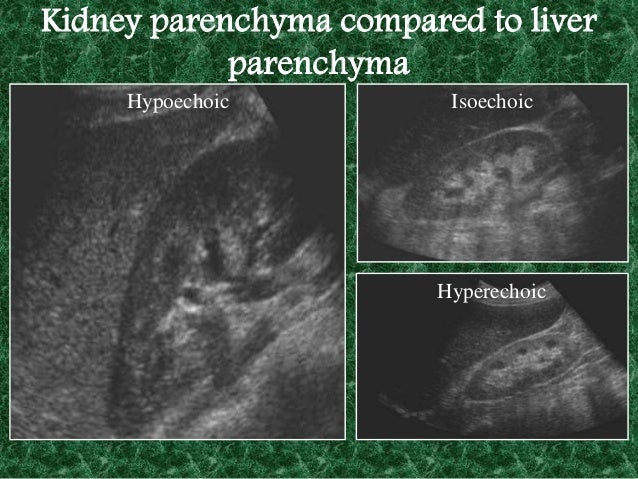
The incidence of thoracic outlet syndrome itself is considered rare, reported between less than one percent and eight percent, with ATOS even more rare (one to two percent of TOS cases), but may be underdiagnosed. Given its anatomical location, SAO can be associated with ATOS, a rare syndrome of varying and overlapping symptoms such as paresthesia, numbness and tingling, temperature changes, and pain sensations in the upper extremity. SAO is most commonly caused by atherosclerosis, with the mechanism involving inflammatory cell adhesion to vascular walls and resultant vessel remodeling and narrowing. Reported in two percent of the general population and seven percent of individuals with vascular disease, SAO is a form of peripheral artery disease (PAD) that can precipitate claudication symptoms (and, in extreme cases, ischemia) to the upper extremity and digits. Misdiagnosis can lead to a prolonged and expensive workup, inappropriate treatment, possible unnecessary testing and/or procedures, and the persistence of pain and symptoms that impair quality of life and limit daily activities.Ī rare and often overlooked etiology of shoulder and neck pain is subclavian artery occlusion (SAO). Therefore, the possible etiologies for neck and shoulder pain, coupled with the complex anatomy in these regions, create a potential diagnostic challenge in the workup of shoulder and neck symptoms. Neck pain is strongly associated with both psychological and neuromuscular causes, the latter of which includes cervical spondylosis, spinal stenosis, fibromyalgia, and cervical radiculopathy neck and shoulder pain from anatomic instability or non-orthopedic causes such as arterial thoracic outlet syndrome (ATOS) is rare. Common causes of shoulder pain include rotator cuff disorders (i.e., tears, tendinopathy), glenohumeral disorders (i.e., adhesive capsulitis, arthritis), acromioclavicular disease, and nerve impingement syndromes. Shoulder and neck pain are estimated to affect between 10% and 26% of the adult population in the United States, with shoulder pain being the third most common reason for musculoskeletal consultation in primary care.

A thorough history, comprehensive physical examination, appropriate imaging studies, and a high index of suspicion for vascular occlusion in athletes who use steroids are critical for the timely diagnosis and treatment of SAO. Although the patient’s symptoms were consistent with occlusion (and his increased vascularity could potentially suggest chronic thrombosis of any kind), these key signs were masked given his weightlifting history, anabolic steroid use, and concurrent degenerative musculoskeletal conditions common to the weightlifting population. Initial misdiagnosis resulted in a long and costly workup.

Although anabolic steroid use is associated with arterial thrombosis, to our knowledge, this is the first reported case of SAO in a weightlifter. The chronic occlusion was not deemed amenable to surgery or endovascular intervention and was treated medically with anticoagulation. After having seen multiple providers and being diagnosed with various common disorders, CT angiography and conventional angiography were eventually performed and confirmed the presence of chronic SAO.

We present a 63-year-old male weightlifter with a history of hypertensive cardiomyopathy, renal transplant with left upper extremity arteriovenous fistula and subsequent takedown, cervical spinal stenosis, left rotator cuff surgery, and decades of testosterone injections who presented with years of left shoulder and neck pain.

Subclavian arterial and venous occlusions are often misdiagnosed initially, and their clinical presentation can be confusing in bodybuilding athletes with increased vascularity in combination with anabolic steroid use. Subclavian artery occlusion (SAO) is a rare form of peripheral artery disease, sometimes associated with arterial thoracic outlet syndrome (ATOS).


 0 kommentar(er)
0 kommentar(er)
